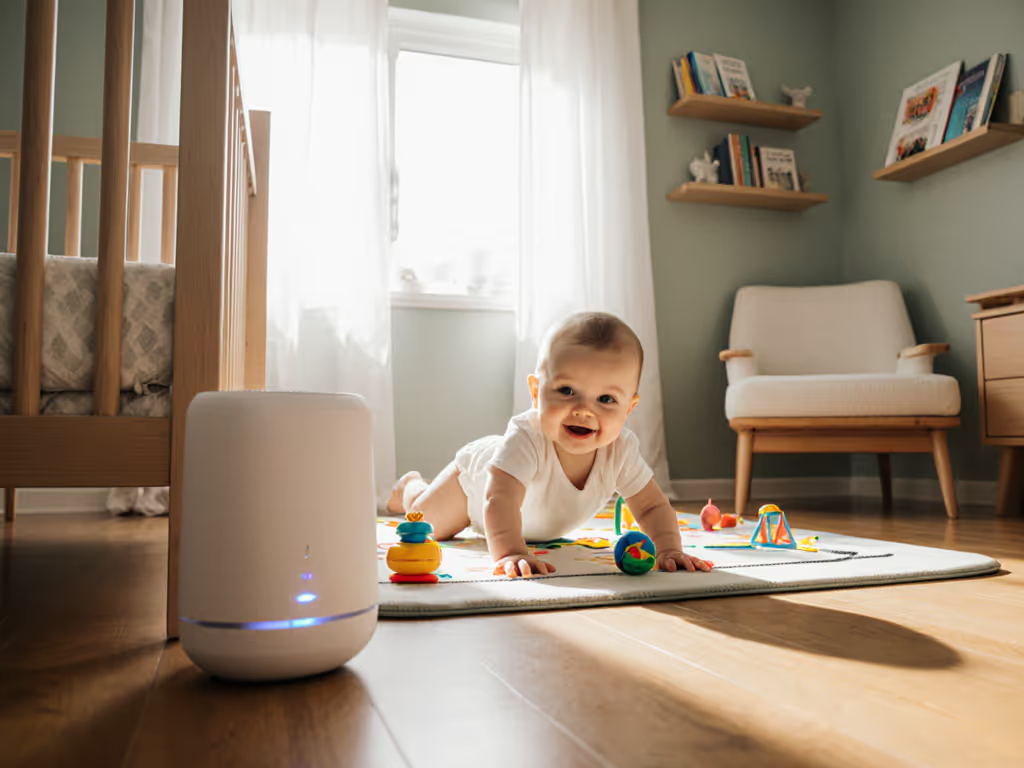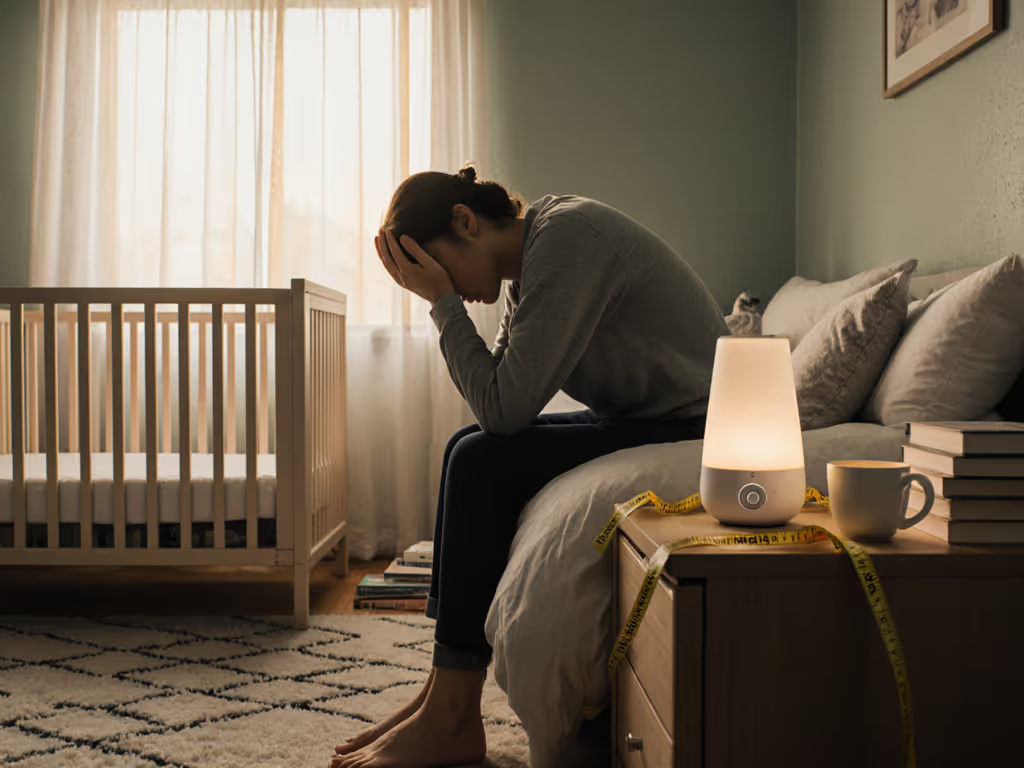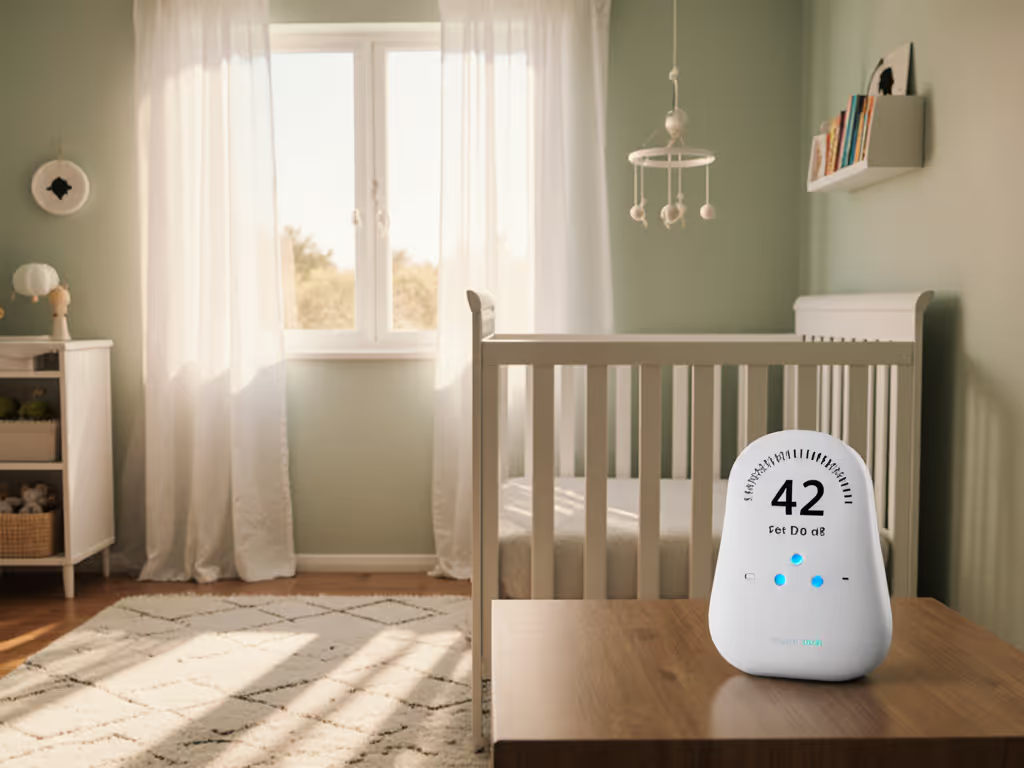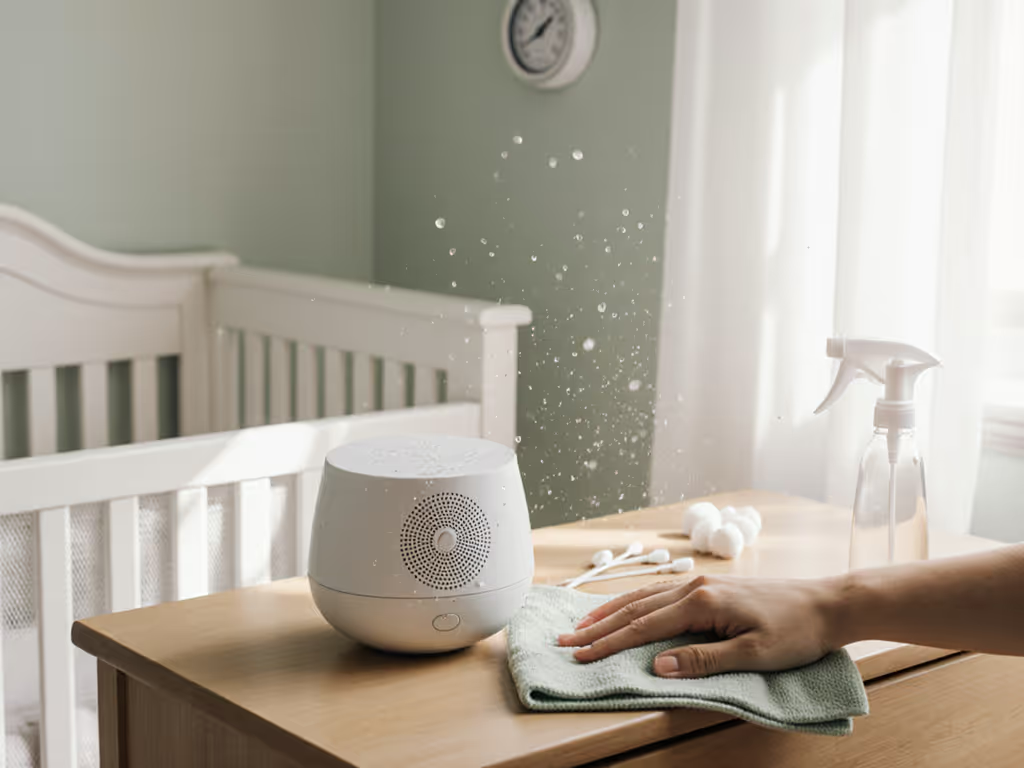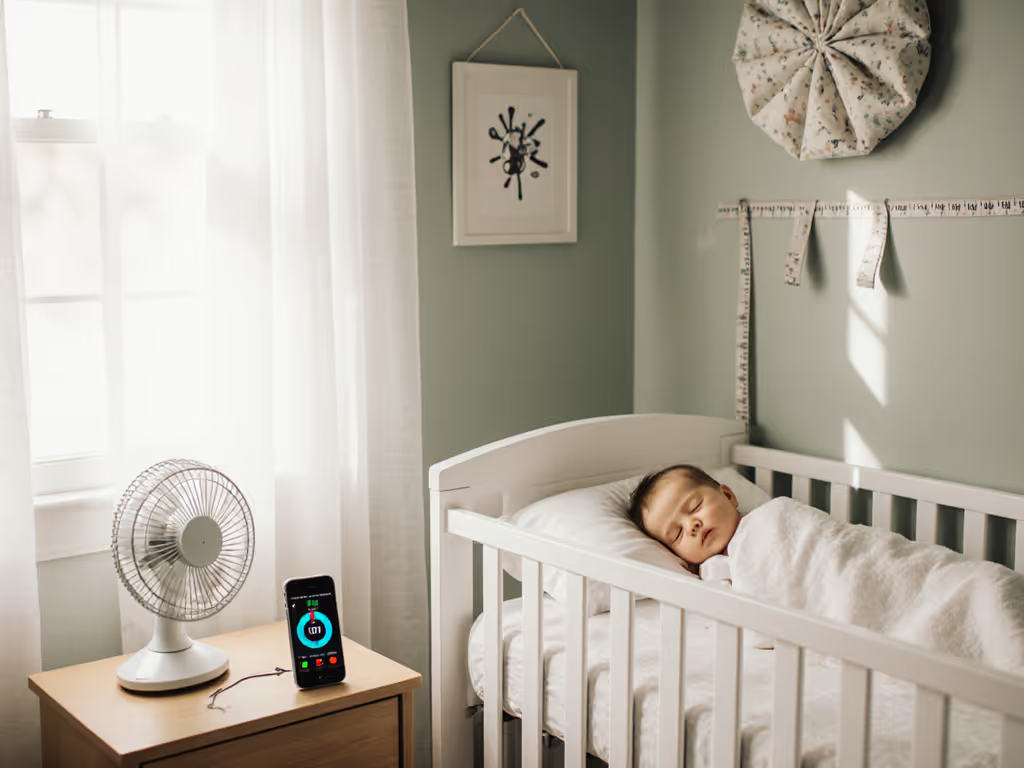
How-To & Troubleshooting
Explore Other Topics

Fundamentals: Science, Sound Types & Safety
Core understanding of baby sound machines, including how white noise works, differences between noise colors, and safe usage guidelines.

Picks by Age & Special Needs
Recommendations and advice tailored to newborns, toddlers, and babies with specific sleep challenges (colic, reflux, sensory), plus age-based usage guidance.
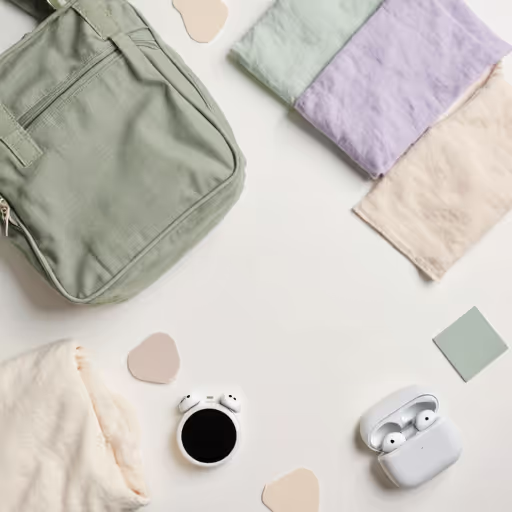
Travel & Room Setup
Solutions based on where and how you use sound machines—portable vs stationary, best for travel, and co-sleeping/shared room arrangements.
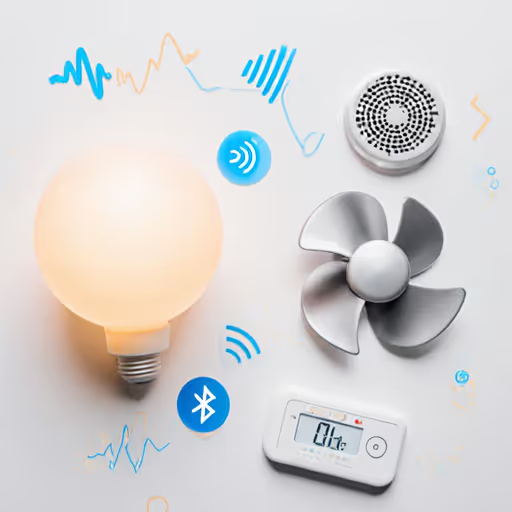
Features & Technology (Nightlights, Bluetooth, Fan vs Digital)
Feature- and tech-focused evaluations, including nightlight performance, Bluetooth capability, app ecosystems, and comparisons of real-fan vs digital sound generators.

